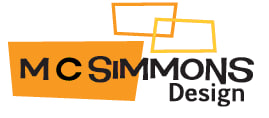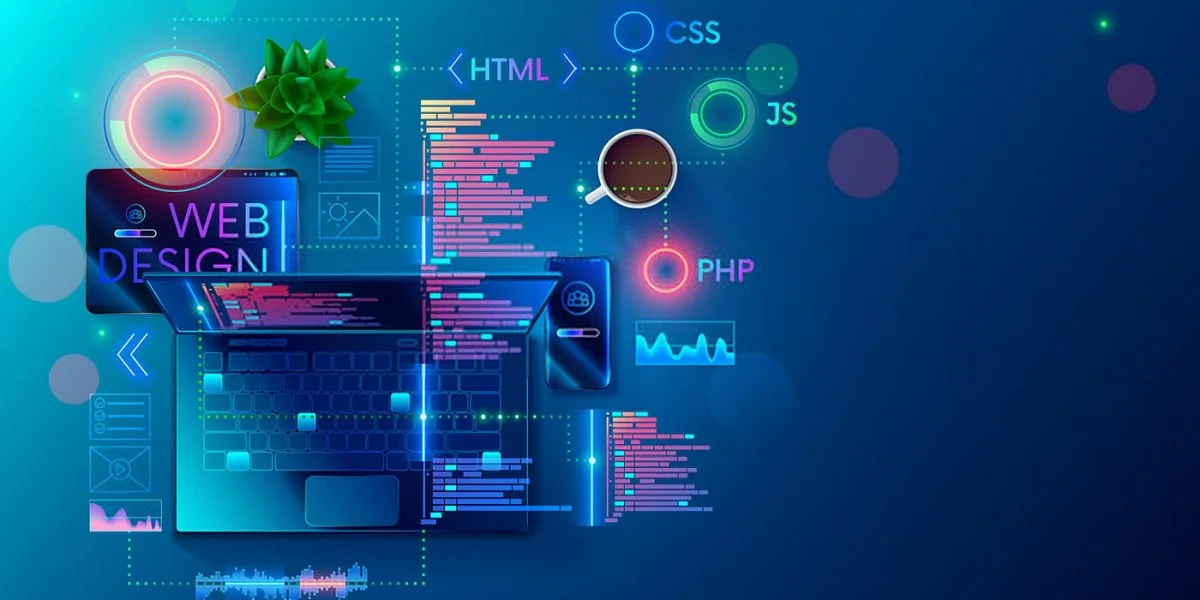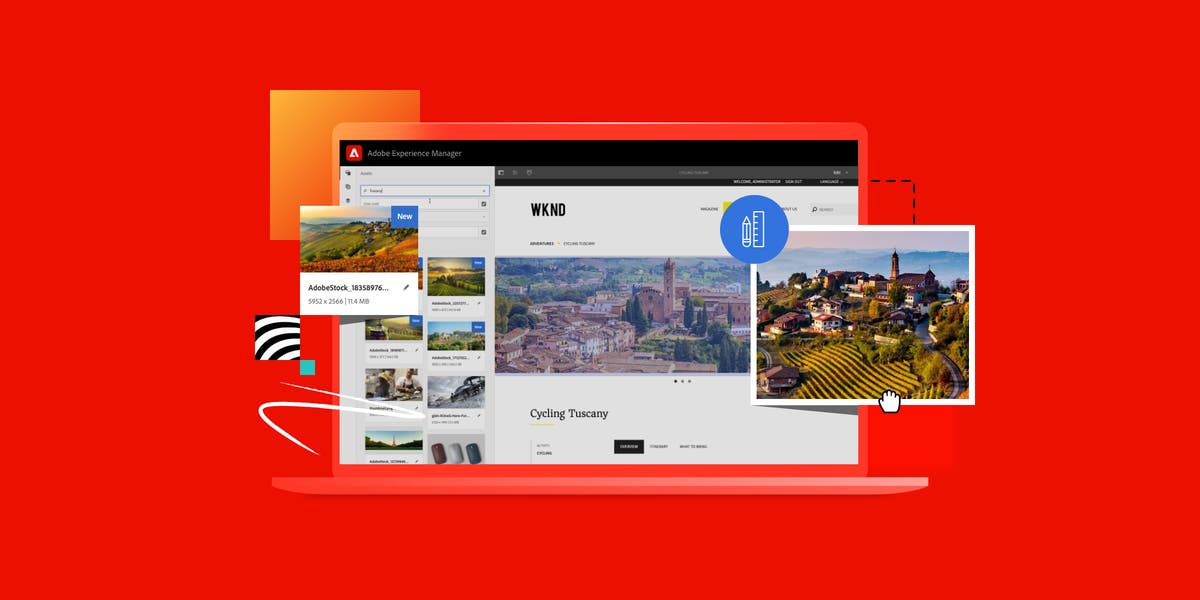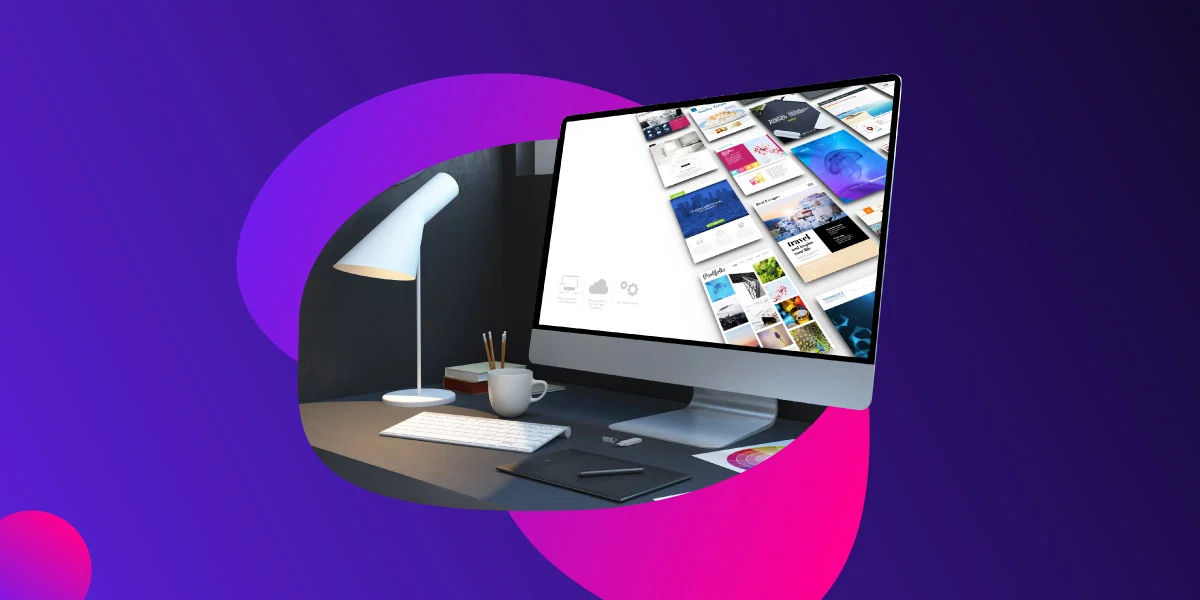In today’s digital landscape, where online presence is paramount, the art of web design has emerged as a powerful medium for crafting memorable digital experiences. From captivating visuals to seamless navigation, web design transcends mere functionality, evolving into a form of digital artistry that captivates and engages users on a profound level.
The Intersection of Art and Functionality
At its core, web design is a harmonious blend of art and functionality. It’s about more than just creating aesthetically pleasing websites; it’s about crafting experiences that resonate with users on an emotional level. Whether it’s through striking visuals, intuitive navigation, or compelling storytelling, web designers have the power to evoke emotion, spark curiosity, and leave a lasting impression on visitors.
Understanding User Psychology
Central to the art of web design is a deep understanding of human psychology and behavior. Effective web designers know how to leverage principles such as color psychology, typography, and visual hierarchy to guide users through the digital experience seamlessly. By tapping into users’ subconscious desires and motivations, designers can create websites that not only look beautiful but also resonate with their target audience on a deeper level.
Embracing Creativity and Innovation
Innovation lies at the heart of great web design. As technology evolves and design trends shift, web designers must constantly push the boundaries of creativity to stay ahead of the curve. Whether it’s experimenting with new design techniques, incorporating interactive elements, or adopting emerging technologies like augmented reality, embracing innovation is key to crafting truly memorable digital experiences.
Balancing Form and Function
While creativity and innovation are essential, successful web design also requires a delicate balance between form and function. A visually stunning website is of little use if it fails to deliver a seamless user experience. Effective web designers know how to strike this balance, ensuring that every design element serves a purpose and contributes to the overall usability and accessibility of the site.
The Importance of Collaboration
Web design is rarely a solo endeavor. It often involves collaboration with other stakeholders, including clients, developers, and content creators. Effective communication and collaboration are crucial for ensuring that everyone is aligned on the project goals and vision. By working together seamlessly, teams can bring ideas to life and create digital experiences that exceed expectations.
Continual Iteration and Improvement
In the fast-paced world of web design, iteration is key to success. A website is never truly finished; it’s an ongoing project that requires continual refinement and improvement. By gathering user feedback, analyzing website analytics, and staying attuned to evolving design trends, web designers can iteratively enhance the user experience and ensure that their digital creations remain fresh and relevant.
In conclusion, the art of web design is a dynamic and multifaceted discipline that combines creativity, psychology, and technology to craft immersive digital experiences. By embracing innovation, collaboration, and continual iteration, web designers have the power to create websites that not only look beautiful but also leave a lasting impression on users and elevate the online presence of businesses and brands.




